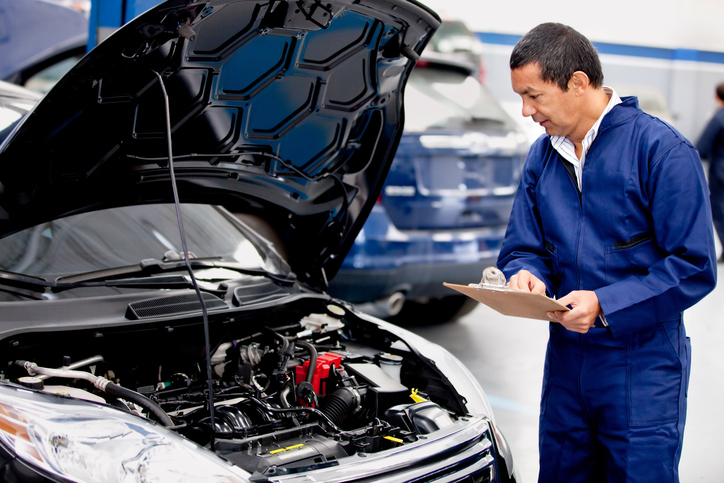Future Collision Estimators: Here Are the 4 Stages of Car Repair

Collision estimators play an important role in the automotive repair process. If you choose this career path, your training will help you accurately predict which repairs are going to be needed, estimate the costs, and provide peace of mind to your clients in a stressful time. You will also fulfill other duties, like coordinating with auto mechanics and completing insurance related documentation.
Read on to discover how as a collision estimator you fit into and contribute to the different stages of car repair.
Stage 1: The Collision Estimator Assesses the Vehicle and Provides an Estimate
As a collision estimator you will likely be one of the first points of contact with a client when they come through the doors of your shop after an accident. Once a customer comes into the shop, it is up to you to determine which repairs they will need and estimate how much it’s going to cost. It’s important to keep in mind that this is a preliminary investigation. Oftentimes when the repairs are underway additional damage is discovered within the vehicle and the total cost of repairs will change.
Stage 2: Next, Pros with Careers in the Auto Industry Start Tear Downs and Repairs
After you determine an estimate of the repairs and their costs, you will pass the vehicle off to other professionals with careers in the auto industry like auto technicians and mechanics. In this stage they will carefully disassemble the vehicle and remove its various parts. Vehicles that are more severely damaged may require more or all of the parts of the car to be removed.

Stage 3: The Vehicle is Prepped and Painted
After the vehicle’s parts are repaired and back in working order, the car will still need to be refinished to improve its cosmetic appearance, which may have been affected either during an accident or during the repairs themselves. The affected parts of the car will be stripped, sanded, and cleaned to make them ready for paint. The refinisher will seek out a paint that matches the original colour. Once they have found a good colour match, the car will be repainted until it looks as good as new.
Stage 4: The Vehicle is Reassembled and Undergoes a Final Inspection
After the parts are painted and dried, the vehicle is put back together. Once the assembly is complete, a full inspection is conducted in order to make sure the car is safe and up to manufacturer standards. After the initial inspection, the car should also be inspected with the owner present. When the owner gives the green light, the keys are handed back and the repair process has officially been completed.

Contact Automotive Training Centres today!

